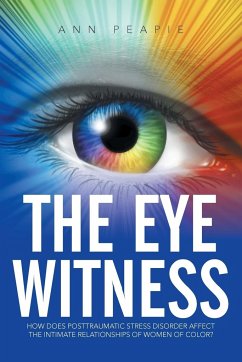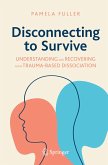Multichannel Eye Movement Integration presents a remarkably straightforward therapy for treating PTSD. In his book, author Mike Deninger shares the profound results achievable with this new approach. The effectiveness of Multichannel Eye Movement Integration (MEMI) is validated through test results, clinical vignettes and client case studies. If one wonders why we need another eye movement therapy, the answer lies in MEMI's simple theory derived from Neuro-Linguistic Programming principles and its clear hypothesis and its procedures. Existing eye movement therapies have been criticized as unsubstantiated and unnecessarily complex, lacking sound theoretical underpinnings. Building a case for MEMI, Deninger reveals flaws in "evidence-based practice" policies and the shortcomings of traditional cognitive behavioral therapies for PTSD. He also draws from historical records and personal interviews to resolve a longstanding dispute over who deserves the most credit for the development of eye movement therapies. Deninger's extensive training and experience with sensory-based techniques are evident in MEMI's 10-step protocol. With detailed instructions, therapist scripts and worksheet for recording results, this book contains everything a therapist needs to know to use MEMI and evaluate the results. For trauma professionals who are troubled by the complexities of EMDR and other eye movement therapies, this book will be welcomed and appreciated. A trauma survivor himself, Deninger writes with a confidence that only one who has been there can.
Hinweis: Dieser Artikel kann nur an eine deutsche Lieferadresse ausgeliefert werden.
Hinweis: Dieser Artikel kann nur an eine deutsche Lieferadresse ausgeliefert werden.








